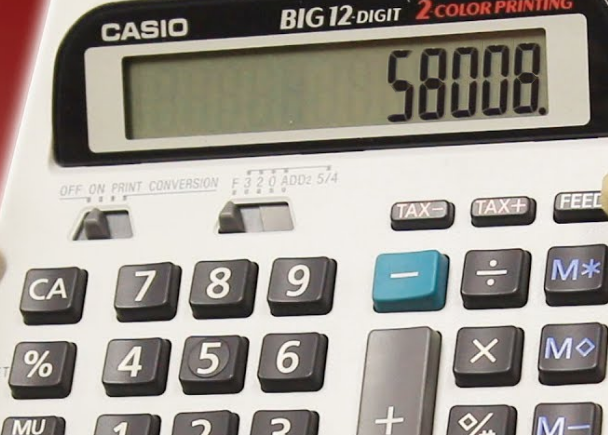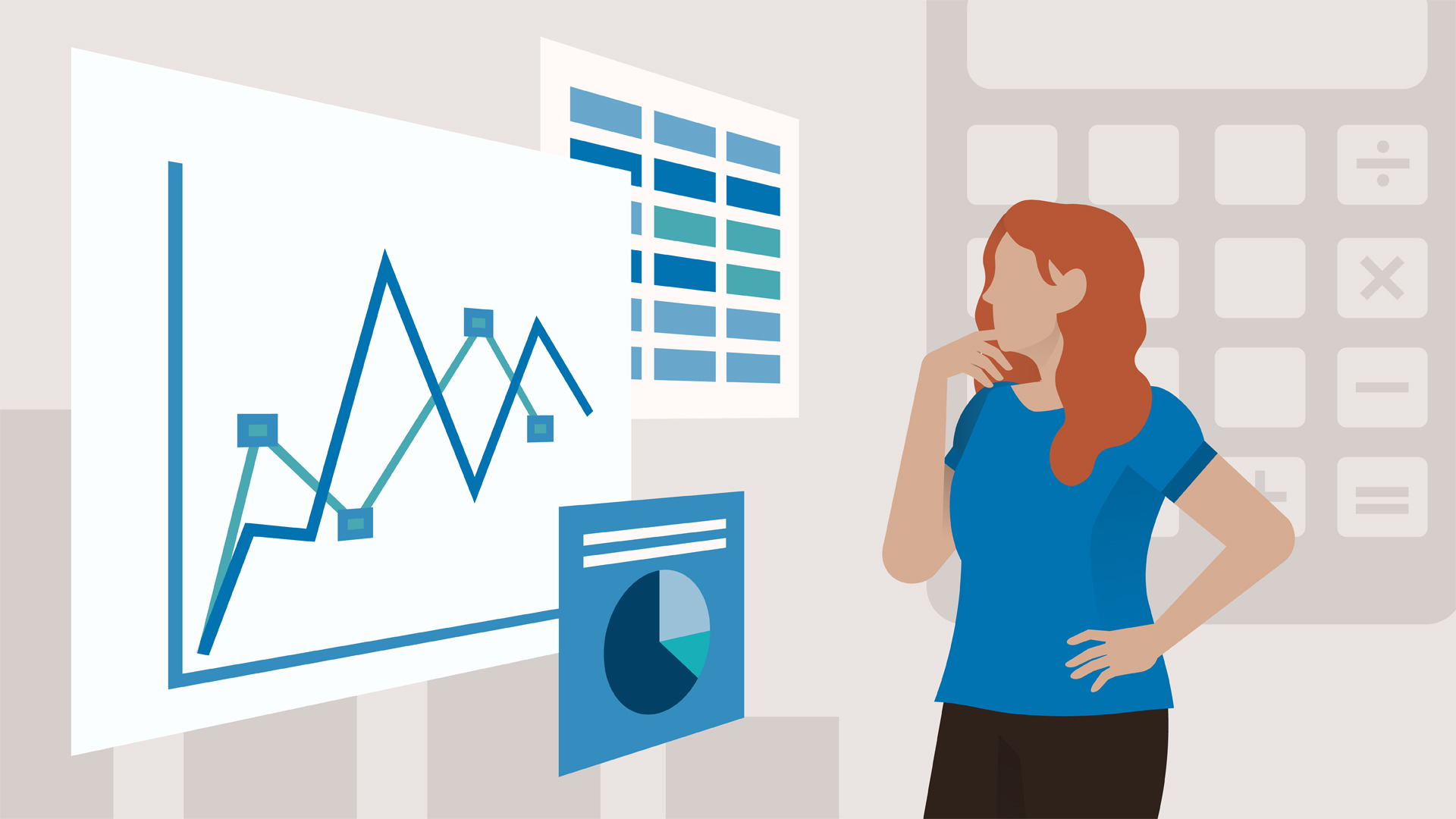AP VWWMA/Volume-Adjusted Price lines 5.4.2 shared alpha by ApopheniaPays on TradingView.com
TradingView Script. Free TradingView account required to use. Direct link: https://www.tradingview.com/script/Hgjz7wXW-AP-VWWMA-Volume-Adjusted-Price-lines-5-4-2-shared-alpha/
Initial alpha release, just for you to play with. No warranty, guarantee, support.
—–
This is an alpha of one of my most frequently-used custom indicators, provided without support or guarantees, for anyone to experiment with: the Volume Double-Weighted Moving Average and Volume-Adjusted Price Lines.
WHAT TH’ HECK ARE ALL THESE LINES?
Yellow/reddish line: VWWMA. Essentially a VWMA , but built on a WMA rather than an SMA . A very frequent target for brief mean reversions.
Blue line: WMA . If you look at movements of the VWWMA compared to movements of the WMA , it will tell you how much of an effect volume has on current movements. If the VWWMA moves towards the spot price more quickly than the WMA does, it means volume has joined in.
Yellow/red band between the VWWMA and the WMA: turns red for noisy movements, yellow for volume-supported trends. You may notice a correlation between the rate of change of the color band and the rate of change of the distance between the VWWMA and the WMA .
Everything else: Volume-Adjusted Price Lines. These are a an algorithm that shows moving points of control that frequently serve as support/resistance or mean-reversion targets. Just watch for a while. You’ll get it. There are 8 of them, all the same function but with different weighting constants: .5, 1, 1.5, 2, 3, 4, 5, 6. The ones I’ve found to be most informative are given more visual prominence. The values I’ve used are good but not canonical. For instance, I’ve noticed that price will often turn around in “mid-air” right where a VAP with weighting 3.5 would be, even though I didn’t include that as a default value. But the values I’ve included tend to be pretty useful.
I find that the VAPs very often fall into familiar movements (or noticeable lacks of movement) that are pretty consistently predictive of upcoming price changes. They also often coincide with VPVR points of control and other indications of support/resistance .
HOW I USE THIS:
I use this on BTCUSD , particularly on the 1min chart, but I’ve seen it be useful on the 1hr & 4hr too.
I usually place three of copies of this indicator:
Period 720, length 50, color set red, show up/down trends with colors, rainbow bands based on VAP #4, show WMA /VWWMA band.
VWWMA period 360, comparison length 50, color set dark yellow, don’t show up/down trends with colors, no rainbow bands, don’t show WMA /VWWMA band.
Period 1440, length 50, color set blue, don’t show up/down trends with colors, no rainbow bands, don’t show WMA /VWWMA band.
Then I hide the 360/1440 until I need them. The 720/50 is my main goto for BTC on Coinbase, it’s always on.
I set an alert the 720/50 to let me know when VAPrangeCompression crosses 0.5 up, that will give a good alert when something is up. Sometimes I set that alert on 1440 and 360 as well, but not always. VAPrangeCompression will often go from 0 to 1 before a big move. If you watch it long enough, you’ll start to detect consistent patterns.
Also, sometimes, if I just can’t figure out what’s happening, I’ll set the 360 or 1440 to a comparison length of 25 or 100 to get a different perspective. Shorter length makes the lines more responsive, but i think longer lengths give you a more accurate read on what’s going on. 50 seems to be the best in most cases.
The above settings work on a lot of charts and resolutions, but generally they’re better on exchanges with higher liquidity. Sometimes if they just don’t seem useful, I’ll look at a chart’s history, and adjust them for that chart until they seem to reliably indicate things that have happened, then use those settings going forwards. But mostly I leave the settings alone.
YEAH, BUT WHAT ARE THESE? HOW ARE THEY CALCULATED?
The original intent was to improve upon the VWMA , come up with something that better reflected the “REAL” market value, regardless of where spot price was. The problem with VWMA is their movements in relation to unweighted averages tell you a lot but their absolute position doesn’t actually tell you much. I wanted to use volume to determine an absolute value that the the market “wants” an instrument to be at.
However, mathematically, the general picture is this: roughly, a Volume-Adjusted Price is just an average of two values, the spot price and the previous bar’s Volume-Adjusted Price, weighted by a function of relationship between recent volatility in the VWWMA vs recent volatility in the price by itself over the same period. The less the price volatility has correlated with the VWWMA volatility (hence the greater effect of volume on price), the more the line moves towards the spot price from its previous value.
I really need to get my website going and do a real writeup, but I discussed the nuts & bolts of it a bit in the following threads on twitter:
Calculating the VWWMA: https://twitter.com/ApopheniaPays/status/1209777737579155456
Calculating a Volume-Adjusted Price line: https://twitter.com/ApopheniaPays/status/1208979072711180288
A slight correction to the formula for Volume-Adjusted Price lines: https://twitter.com/ApopheniaPays/status/1211872536432005120
Overview of reading the VAP lines: https://twitter.com/ApopheniaPays/status/1214053445029679105
Some inconclusive musings on how VAPs move and predict pumps and dumps: https://twitter.com/ApopheniaPays/status/1221596657097138176
Now, the trick here is, I provide this just as a fun fact, when I was first experimenting with this idea, I made a mistake. And I tested the most promising version of the algorithm for a week or two without realizing a mistake had crept into my weighting formula. And in that time I noticed pretty spectacular leading indication of price action. It was only after I really started to trust that the formula worked that I looked at it again, and realized there was a math mistake in it. So I fixed the mistake… and the indicators stopped working well. So, to this day, the weighting calculation has an intentional mistake in it. I know where the mistake is. Anybody who know anything about this stuff would look at the algorithm and see that I’d done something wrong. I don’t know why it works so well with the mistake. But it works. It’s like I threw a box of junk parts in the air and they accidentally landed in the shape of a working motorcycle. Total serendipity.















